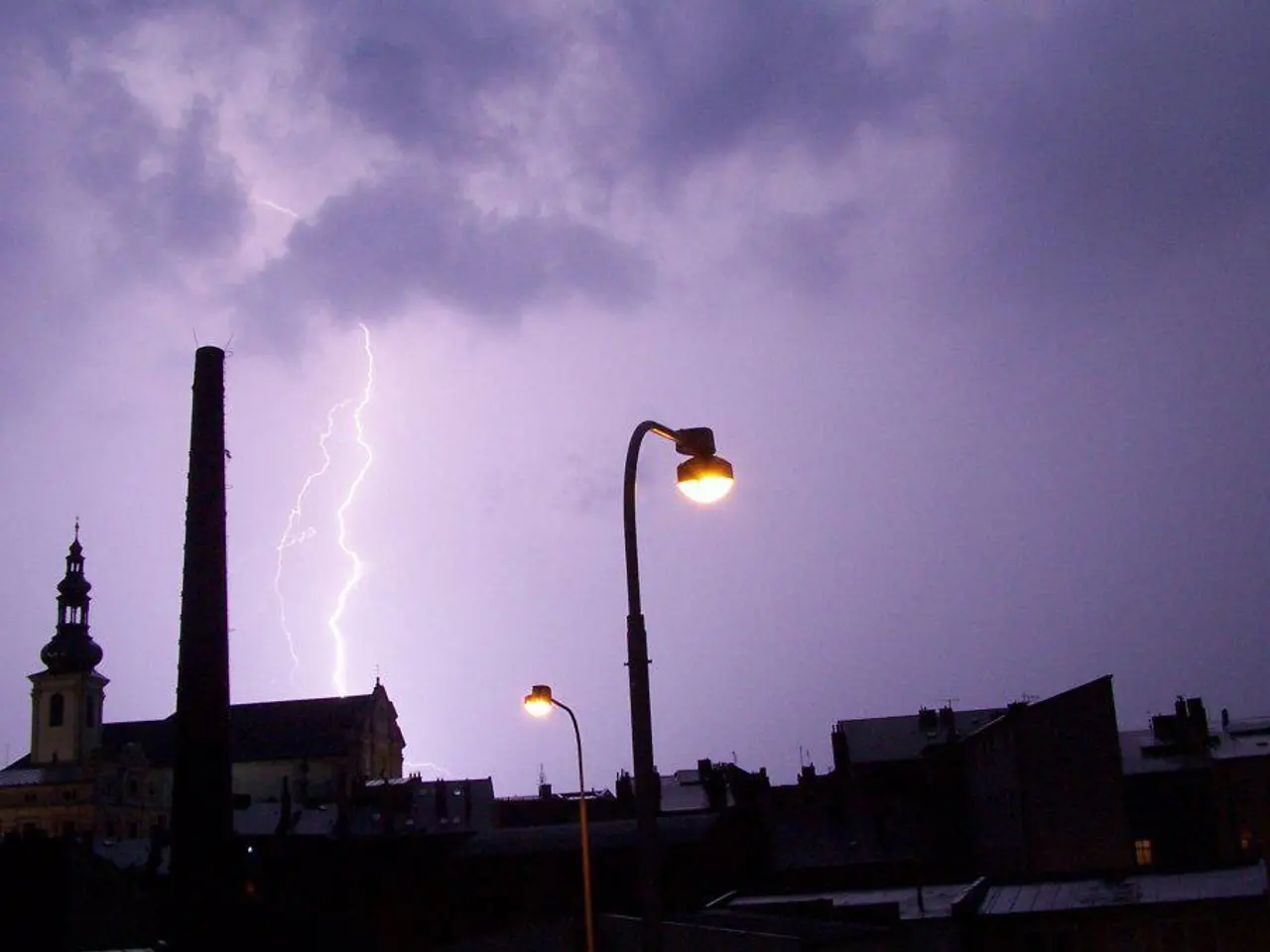Heavy thunderstorms predicted for upper regions as Punjab declares a state of emergency
Heavy monsoon rains and subsequent flooding in Punjab, Pakistan, have led to a significant loss of life and property, prompting emergency measures across the province.
**Affected areas and casualties:**
Since the monsoon season began on June 26, at least 103 people have lost their lives, and nearly 400 have been injured. The past 24 hours have seen 63 deaths and 290 injuries, with cities and districts severely hit including Lahore, Faisalabad, Sheikhupura, Okara, Rawalpindi, Chakwal, and Jhelum. Most fatalities are due to roof and wall collapses in urban areas, especially in unsafe or mud-built houses.
Jhelum district and surrounding areas face particular risk from rising water levels and flooding of nullahs (small streams) due to floods in the Jhelum River basin. Chakwal district recorded an extreme rainfall of 450 mm over a few hours, causing severe flooding and forcing evacuations.
**Emergency measures:**
Punjab Chief Minister Maryam Nawaz has declared a rain emergency in multiple districts, including Rawalpindi, Chakwal, and Jhelum. A state of emergency has been declared with Sections 144 imposed province-wide to restrict public assembly and maintain order. The Punjab Home Department has banned swimming, bathing, and unauthorized boating in water-accumulated areas to prevent drowning and water-related accidents.
Over 15,000 rescue personnel and 800 boats, supported by the Pakistan Army, are engaged in ongoing rescue and evacuation operations, including airlift by army helicopters. The Provincial Disaster Management Authority (PDMA) and National Disaster Management Authority (NDMA) have issued flood warnings and are closely monitoring reservoir water levels, including significant rises at Mangla, Tarbela, Khanpur, Simly, and Rawal reservoirs.
The PDMA urges residents to avoid living in unsafe or vulnerable houses to reduce casualties from structural collapses. Police have been instructed to increase patrols and assist the district administration and other relief organizations.
**Outlook and precautions:**
Meteorological forecasts warn of continued heavy rains and urban flooding in key divisions like Rawalpindi, Gujranwala, and Faisalabad for the next 24-48 hours, with water flows in eastern rivers expected to rise from July 21. Authorities emphasize public cooperation in safety measures and urge people to stay alert to further developments.
Special safety arrangements have been implemented in dilapidated buildings and low-lying areas in Punjab. Traffic police have been directed to make alternative arrangements for the flow of vehicles.
These emergency interventions reflect the province's urgent response to a severe natural disaster exacerbated by intense monsoon rains and have mobilized military and civil resources to mitigate loss of life and property. The public is urged to cooperate with the authorities and adhere to announcements and instructions to prevent loss of life.
- After the heavy monsoon rains and flooding, there is a need for environmental-science experts to analyze the long-term effects on the region's ecosystem in the general-news.
- Amid the continuous heavy rains and urban flooding, weather-forecasting teams are working diligently to provide accurate predictions to help authorities take preventive measures.
- In light of the increasing accidents and fatalities due to the monsoon season, it is essential to improve the safety standards of houses, particularly in urban areas, to reduce the risk of roof and wall collapses.








